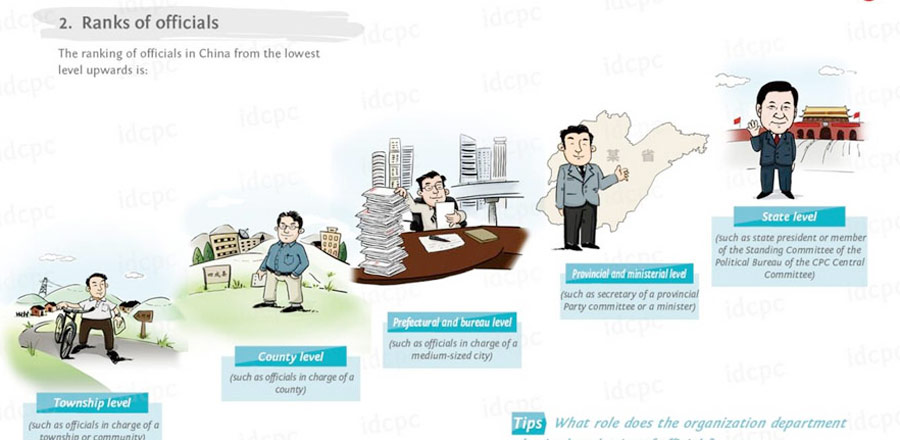
The Asia-Europe Meeting, whose 11th edition will be held in Ulan Bator, Mongolia, on Wednesday, should review its experiences and chart the direction for further development. As the largest inter-governmental cooperative mechanism between Asia and Europe, ASEM has made noticeable achievements since its establishment in 1996. Its members have increased from 26 to 53 and its influence has extended from Northeast, Central, Southeast and South Asia to large parts of Europe and Oceania.
ASEM accounts for more than 60 percent of the world's population, economic output and trade volume and comprises four of the five permanent UN Security Council members, seven of the world's top 10 economies and 12 of the G20 members. And the "mutual respect and equal dialogue" formula adopted by ASEM has been endorsed by the international community.
But despite such achievements, ASEM is yet to resolve a series of issues that may affect its further development. Given the rapid globalization and ever-rising appeals for better global and regional economic governance, ASEM may face a "survival crisis" if it does not define its development direction and promote pragmatic cooperation.
Besides, its biennial meetings have gradually deviated from the original development direction and now face the "diversified agenda" dilemma, making it difficult for ASEM to focus on its top concerns. According to the consensus reached at the first meeting, ASEM should promote the establishment of a new-type of and full partnership aimed at facilitating growth in both continents, strengthening their mutual dialogue, understanding and cooperation, creating favorable conditions for their economic and social development, and maintaining world peace and stability.
However, in practice, it has gradually become entangled in trivial technical issues that have no leading cooperative targets or are a diversion from its original priority. That no new ASEM ministers' meeting has been held after a few such meetings in the initial years best testifies this. Besides, ASEM's original "informal", "non-institutionalized" and "non-binding" framework, designed to better adapt to members' divergent development levels, cultures and priorities, played an important role in expanding its reach and advancing its aims in the initial years.
Such an "open dialogue taking precedence over substantial cooperation" model, however, makes it difficult for members to reach key resolutions, let alone implement them. It also makes it difficult for ASEM to tackle new challenges that need deepened cooperation among members. Due to its failure to effectively make use of its resources and advantages, ASEM is now at the risk of being sidelined in the competition of global and regional governance.
Compared with the expanding presence of the Asia-Pacific Economic Cooperation and G20 in global and regional governance and pragmatic cooperation, ASEM has become less important.
Despite facing such disadvantages, ASEM still has its advantages, and if properly utilized, they could highlight its significance in global governance. With the rise of Asian economies, ASEM is expected to shift from the Europe-dominated agenda to a new stage where Asia and Europe will discuss issues as equals.
The many common challenges Asian and European countries now face have also made them deeply interdependent. For example, after its sovereign debt crisis, Europe urgently needs to strengthen cooperation with Asia for its trade and investment growth while Asian countries need to cooperate with European countries to bolster their sustainable growth.
Thanks to the efforts of Asian countries, a consensus is likely to be reached among ASEM members that interconnectivity is the key development direction of the future. ASEM is expected to return to its original purpose of building a new-type of partnership aimed at promoting growth, and Asian and European countries will bolster their strengths to fend off economic and financial risks by carrying out pragmatic cooperation.
Moreover, China's Belt and Road Initiative, with Asia and Europe as its two engines, offers an important opportunity to ASEM to promote interconnectivity between Asian and European countries and deepen cooperation in policy, trade, infrastructure, finance and cultural exchanges.
The author is director of European Studies at the China Institute of International Studies.














